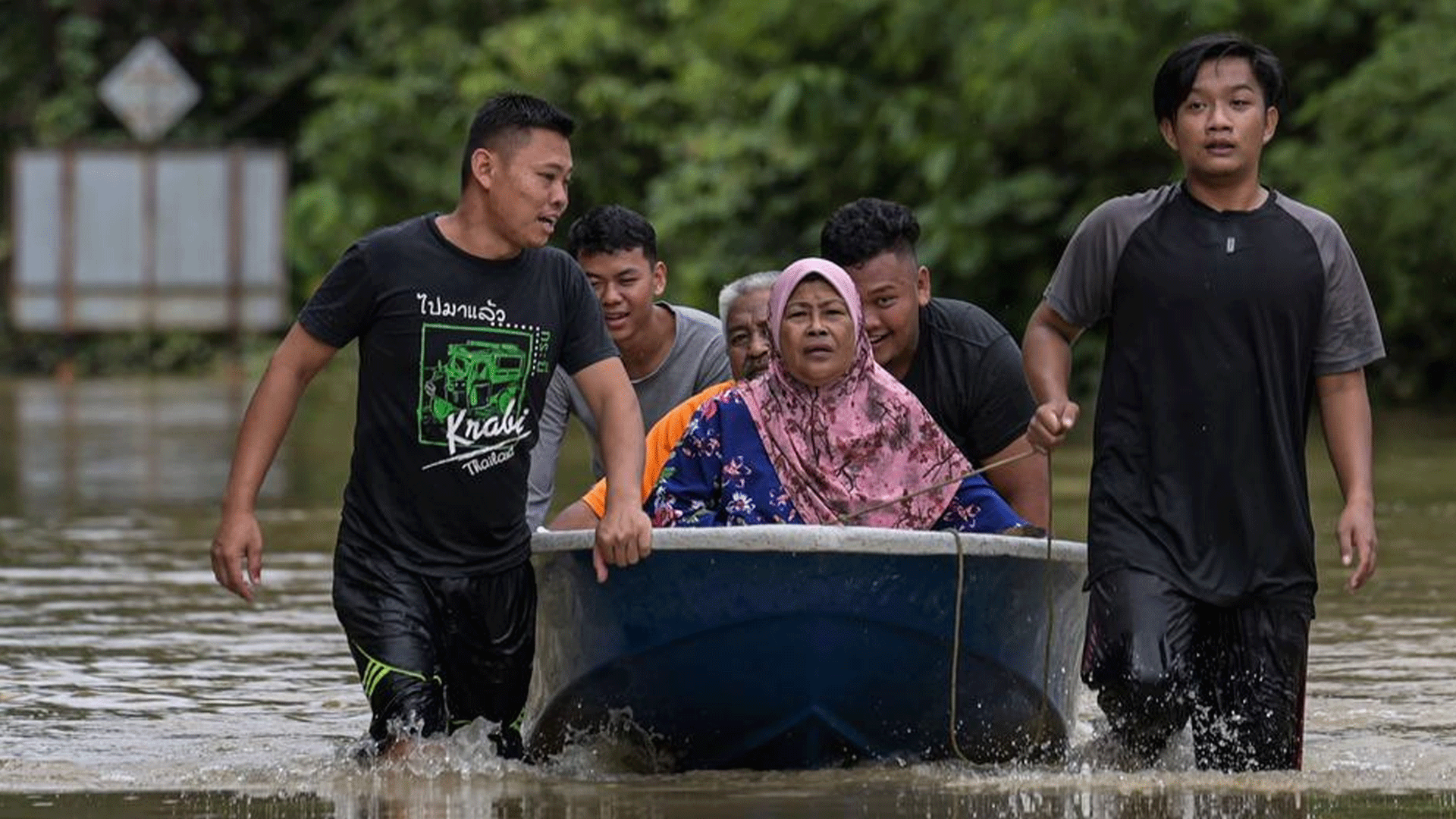
On 16 December 2021, a tropical depression made landfall in north-east Malaysia, quickly inundating eight provinces across the peninsular.
Following heavy and prolonged rainfalls, more than 100,000 people were displaced by the flash floods. 54 people died and at least two went missing, making this the most severe natural catastrophe disaster to have hit Malaysia since 1996.
Thousands of volunteers were mobilised throughout the country to help those displaced by the floods with shelter, blankets or food.
The government announced to provide RM 1.4 billion (US$ 336 million) to at least 30,000 affected households in cash aid, including death benefits, relief on utility bills and vehicle repairs.
Nights without shelter
As the floods also hit Malaysia’s richest and most populous areas like Selangor, the authorities were faced with mounting challenges for their rescue efforts, particularly, as many of those displaced by the floods had to spend the initial nights without shelter.
The General Insurance Association of Malaysia, PIAM, announced in late December that it calculates with a total flood-related claims exposure of RM 2 billion to RM 3 billion (up to US$ 720 million).
According to Malaysian Re’s assessment, the insured loss could amount to approximately RM 1.5 to 2.0 billion, roughly 20 to 30 per cent of the economic loss of RM 5.3 billion to RM 6.5 billion, estimated by the Department of Statistics.
Rising risk
The Great Malaysian Flood in December illustrates the rising risk that Malaysia faces as the impact from climate change aggravates.
Malaysia’s population might be more than ever aware of the risk, but still underestimates its severity.
Insurance penetration is still low, as only few businesses and people are insured, and often only in regions that are perceived as flood prone. However, this year’s floods have demonstrated that the risk can also strike in regions usually spared from flooding.
Capacity is there
Today, the insurance industry presents itself well prepared to cover the flood risk.
Insurance capacity is sufficiently available and risk models are well advanced. However, particularly the lower income bracket of Malaysia’s population as well as the SME companies, which are most exposed to flood risk in our country, need solutions that in combination with government support are closely attuned to their exposure.
The recent flood has shown that the current public ex-post solutions are inefficient in providing immediate, broad and just risk protection and coverage.
The Malaysian Insurance Highlights 2021 report provides an assessment of the current flood risk in Malaysia, its main trends and developments, and serves as the inspiration to further increase flood insurance penetration.

Comments
Remove Comment
Are you sure you want to delete your comment?
This cannot be undone.